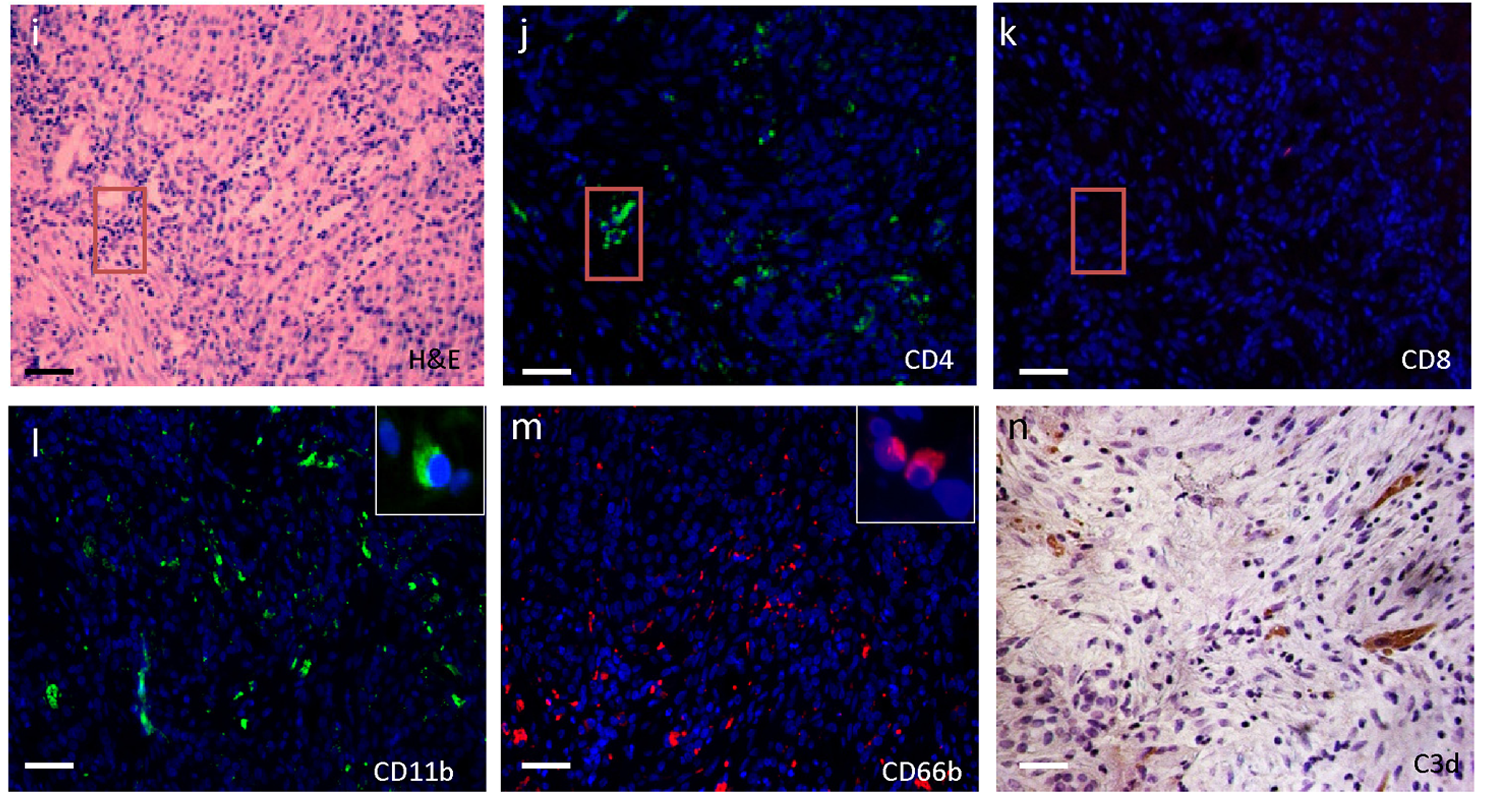
Cat. #151258
Anti-VEGF [VG-1]
Cat. #: 151258
Sub-type: Primary antibody
Unit size: 100 ug
Availability: 1-2 weeks
Target: Vascular Endothelial Growth Factor (VEGF)
Class: Monoclonal
Application: ELISA ; IHC ; IF ; IP ; WB
Reactivity: Human
Host: Mouse
£300.00
This fee is applicable only for non-profit organisations. If you are a for-profit organisation or a researcher working on commercially-sponsored academic research, you will need to contact our licensing team for a commercial use license.
Contributor
Inventor: Helen Turley
Institute: University of Oxford
Tool Details
*FOR RESEARCH USE ONLY
- Name: Anti-VEGF [VG-1]
- Clone: VG-1
- Tool sub type: Primary antibody
- Class: Monoclonal
- Conjugation: Unconjugated
- Molecular weight: 19-22 kDa
- Strain: Balb/c
- Reactivity: Human
- Host: Mouse
- Application: ELISA ; IHC ; IF ; IP ; WB
- Description: Monoclonal antibody targeted at vascular endothelial growth factor (VEGF) is valuable for investigating VEGF and angiogenesis in pathological conditions particularly within cancer.
- Immunogen: Recombinant VEGF Protein
- Immunogen uniprot id: P15692
- Isotype: IgG1
- Myeloma used: P3/NS1/1-Ag4.1
- Recommended controls: Corpus luteum, VEGF165 recombinant protein, astrocytoma or hemoangiosarcoma.
Target Details
- Target: Vascular Endothelial Growth Factor (VEGF)
- Molecular weight: 19-22 kDa
- Tissue cell line specificity: Corpus luteum, VEGF165 recombinant protein, astrocytoma or hemoangiosarcoma.
- Target background: VG-1 monoclonal antibody is directed against vascular endothelial growth factor (VEGF) isoforms 121, 165 and 189. VEGF is a 34-43 kD polypeptide growth factor, part of the PDGF family. There are 7 homo-dimeric isoforms (A-G) with VEGF 121, VEGF 165 and VEGF189 being the most extensively studied (F,D and B respectively). They are generated by alternative splicing and bind to VEGF receptors (FLT-1 and KDR) which are selectively expressed on vascular endothelial cells. VEGF elicits mitogenic effects on endothelial cells and is strongly angiogenic, with a role in cancer and metastasis. VEGF is involved in vasculogenesis and endothelial growth. The VEGF expression is potentiated and the protein is secreted by tumour cells in response to hypoxia, by activated oncogenes, growth factors, nitric oxide and a variety of cytokines. VEGF is an angiogenic growth factor and a prognostic indicator for cancer when detected in serum. VG-1 is useful for studies of VEGF and angiogenesis in human pathological material. Anti VG-1 was created to investigate the tissue distribution of VEGF in normal and pathological specimens with a stable and reliable reagent.
Applications
- Application: ELISA ; IHC ; IF ; IP ; WB
Handling
- Format: Liquid
- Concentration: 1 mg/ml
- Unit size: 100 ug
- Storage buffer: PBS with 0.02% azide
- Storage conditions: Store at -20° C frozen. Avoid repeated freeze / thaw cycles
- Shipping conditions: Shipping at 4° C
References
- Argyris et al. 2019. Oral Oncol. 95:1-10. PMID: 31345374.
- Lan et al. 2018. Int J Radiat Oncol Biol Phys. 101(1):74-87. PMID: 29619980.
- Xu et al. 2017. Mol Med Rep. 16(6):8755-8762. PMID: 29039481.
- Novo et al. 2015. Gynecol Oncol Rep. 14:26-30. PMID: 26793768.
- The role of bone marrow mesenchymal stem cells in the treatment of acute liver failure.
- Yuan et al. 2013. Biomed Res Int. 2013:251846. PMID: 24312909.
- Giatromanolaki et al. 2003. J Pathol. 200(2):222-8. PMID: 12754744.
- DEC1 (STRA13) protein expression relates to hypoxia- inducible factor 1-alpha and carbonic anhydrase-9 overexpression in non-small cell lung cancer.
- Hui et al. 2002. Clin Cancer Res. 8(8):2595-604. PMID: 12171890.
- Coexpression of hypoxia-inducible factors 1alpha and 2alpha, carbonic anhydrase IX, and vascular endothelial growth factor in nasopharyngeal carcinoma and relationship to survival.
- Turley et al. 1998. J Pathol. 186(3):313-8. PMID: 10211122.
- Expression of VEGF in routinely fixed material using a new monoclonal antibody VG1.





